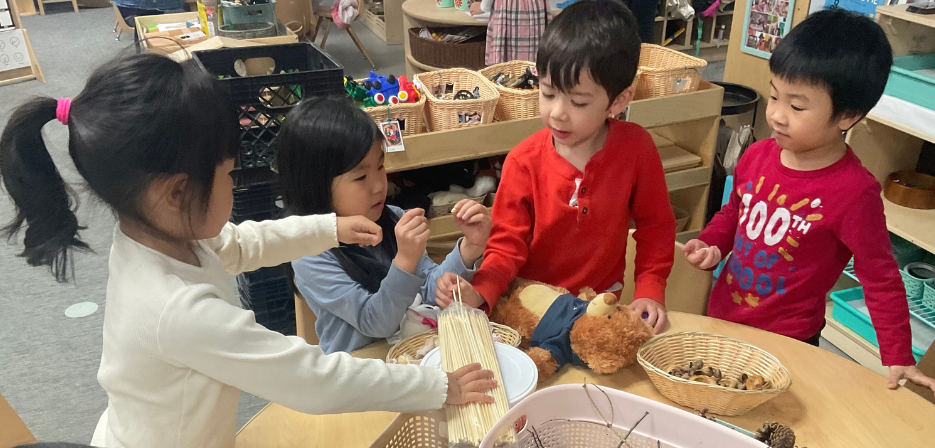
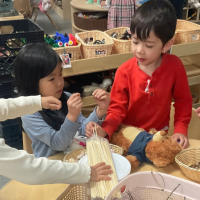
Art|Play
Connecting contemporary art and children’s play
The arts play a critical role in children’s lives, opening opportunities for them to create new connections between themselves, other people, and the constantly changing world around them. They also develop the ability to imagine and experience the world from multiple perspectives (1), a function John Dewey described as a foundational pillar of democracy (2).
While 88% of Americans believe that arts are an essential part of a well-rounded education (3), research has indicated a steady nationwide decline in people’s access to arts education across all tiers of education over the past 30 years (4).
The marginalization of the arts from curriculum has generated significant inequalities across different communities with a recent study highlighting white students being nearly twice as likely than Hispanic and African American students to have engaged in an arts education (5).
Additionally, children whose parents have at least one tertiary education degree are six times more likely to have participated in an arts learning experience compared to those whose parents have less than a high school degree (6).
With engagement in the arts during childhood being the strongest predictor of an individual’s lifelong participation in the arts (7), questions of how to cultivate children’s equitable access to meaningful, engaging, and playful arts experiences through public school systems are now more relevant than ever.
Art|Play is a collaborative action research project looking at the integration of modern and contemporary art practices into Boston Public Schools’ early childhood curriculum.
Led by Dr. Louisa Penfold and Dr. Steve Seidel, the project's pilot phase has focused on the design of both open-source curriculum activities and professional development for teachers and administrators that facilitate connections between contemporary and modern art practices and children’s play.
Funded by the National Endowment for the Arts, Art|Play is also being run in partnership with the Harvard Art Museums, the Smithsonian Learning Lab, and MoMA to utilize artworks and archival materials from their collections to design curriculum experiences and pedagogical support materials for educators.
As of June 2024, the Art|Play curriculum and professional development activities, developed as part of Boston Public Schools’ Focus on 3s and Focus on 4s curricula, have been implemented across 228 classrooms, reaching over 4,008 students, and 375 public school teachers.
Outcomes of this project include the final iteration of the Boston Public Schools’ open-source curriculum, instructional videos for educators, and printable resources for families, which can be found under the ‘Curriculum and Resources’ tab on this site.
Art|Play Final Report
Download the complete report from this project here.
Acknowledgments
Art|Play has been run as a partnership between Project Zero, the Harvard Graduate School of Education, and Boston Public Schools. We would like to acknowledge the significant contribution of the following individuals to this project: Marina Boni, Marie Enochty, Melissa Tonachel, and Dr Megina Baker from the Department of Early Childhood at Boston Public Schools. Francesca Brewer and Dr. Jen Thum at the Harvard Art Museums. Harvard Graduate School of Education students Carina D’Urso, Amanda Huggins, Huaya Liu, Nanvi Jhala, Aesther Chang, Feifei Shen, and Missy Arellano who worked as Research Assistants as well as Kaijeh Johnson and Diamond Arrington who helped develop curriculum activities relating to sound art. Ivy Zhang, Ana Isabel Galvan Castro, and Nhi Dang who assisted with translation, and Cherry Wu for her amazing graphic design.
References
1. Greene, M (2000). ‘Imagining futures: The public school and possibility,’ Journal of Curriculum Studies. 32(2), p.267-280.
2. Dewey, John. (1934). Art as Experience. Reprint. New York: Wideview/Perigree
3. Americans for the Arts (2018). Americans Speak Out About The Arts: An In-depth Look at Perceptions and Attitudes About the Arts in America (Washington D.C, September 2018), https://www.americansforthearts.org/node/101584
4-7. Rabkin, N and Hedberg, E., Arts Education in America: What the Declines Mean for Arts Participation (2011), National Endowment for the Arts Research Report no. 52 (Washington, D.C.: National Endowment for the Arts, February 2011), https://www.arts.gov/sites/default/files/2008-SPPA-ArtsLearning.pdf
Resource
Resource
Resource
Resource
Resource
Resource
Art|Play is founded on the following set of principles:
- Children learn through their full sensory systems.
- Children and teachers need opportunities to playfully experiment with a wide variety of tangible and intangible materials, ideally alongside artists.
- Contemporary artists are constantly exploring materials, tools, and ideas in new ways. This experimentation provides dynamic starting points for educators to design children’s material play learning environments.
- Diverse representations of contemporary artists in curriculum are central to challenging dominant Euro-centric narratives of art history.
- Partnerships between schools, universities, and cultural organizations are important in establishing sustainable, innovative, and mutually beneficial arts education programs for children.
These principles build on research undertaken by Louisa Penfold that investigated how Constructivist and New Materialist learning theories can be brought together with the practices of modern and contemporary artists to generate expansive possibilities for children’s creative learning (1, 2).
References
1. Penfold, L (2019). Material matters in children's creative learning. MIT’s Journal of Design and Science, 5 (Resisting Reduction), https://jods.mitpress.mit.edu/pub/bwp6cysy/release/1
2. Penfold, L (2019). Pedagogical Curation: Connecting Young Children’s Learning with Art Museum Curatorial Practices. PhD Thesis, University of Nottingham, https://eprints.nottingham.ac.uk/59443/
- Art|Play’s primary goal is to help educators, parents, and caregivers connect contemporary art practices and children’s play. In this section, you will find videos, resources, and links generated out of the project.
Art|Play Activities Featured in the Boston Public Schools Curriculum
Throughout the 2024-2024 school year, Boston Public Schools Department of Early Childhood redesigned its curriculum for 4-year-olds (titled Focus on 4s) and designed a new curriculum for 3-year-olds (titled Focus on 3s). The Art|Play activities developed as part of these curriculums can be viewed below:
Focus on 3s Curriculum
| Unit 1: Friends and Family | Document
Paper Collages.pdf
(40.18 MB)
|
| Unit 2: The World of Color | Document
Nature Arrangements Part 1.pdf
(29.13 MB)
Document
Nature Arrangements Part 2.pdf
(456.25 KB)
Document
Action Painting Part 1.pdf
(44.53 MB)
Document
Action Painting Part 2.pdf
(171.45 KB)
|
| Unit 3: Wind and Water | Document
Ice Sculptures (Part 1).pdf
(23.52 MB)
Document
Ice Sculptures (Part 2).pdf
(241.85 KB)
Document
Wind Sculptures (Part 1).pdf
(14.09 MB)
Document
Wind Sculptures (Part 2).pdf
(10.18 MB)
|
| Unit 4: Light and Darkness | Document
Light Sculptures (Part 1).pdf
(25.48 MB)
Document
Light Sculptures (Part 2).pdf
(378.61 KB)
Document
Light Play 1 Opaque Materials.pdf
(9.58 MB)
Document
Light Play 2 Translucent Materials.pdf
(218.68 KB)
Document
Light Play 3 Transparent Materials.pdf
(350.96 KB)
|
| Unit 5: Growing and Changing | Document
Nature Constructions Part 1.pdf
(16.27 MB)
Document
Nature Constructions Part 2.pdf
(4.01 MB)
|
Focus on 4s Curriculum
| Unit 1: Together in Our Community | Document
Sorting Beautiful Stuff.pdf
(8.07 MB)
Document
Exploring Beautiful Stuff.pdf
(6.55 MB)
|
| Unit 2: Building our Working City | Document
Cardboard Construction Part 1.pdf
(9.06 MB)
Document
Cardboard Construction Part 2.pdf
(109.16 KB)
Document
City Collages (Part 1).pdf
(14.79 MB)
Document
City Collages (Part 2).pdf
(303.02 KB)
Document
Sound Sculptures Part 1.pdf
(12.99 MB)
Document
Sound Sculptures Part 2.pdf
(113.07 KB)
|
| Unit 3: Animals All Around | Document
Action Painting Part 1.pdf
(44.53 MB)
Document
Action Painting Part 2.pdf
(171.45 KB)
|
| Unit 4: Growing and Changing | Document
Constructions with Nature (Part 1).pdf
(16.27 MB)
Document
Constructions with Nature (Part 2).pdf
(4.01 MB)
Document
Nature Arrangements Part 1.pdf
(29.13 MB)
Document
Nature Arrangements Part 2.pdf
(456.25 KB)
Document
Self Portraits (Part 1).pdf
(14.7 MB)
Document
Self Portraits (Part 2).pdf
(1.6 MB)
|
Art|Play Instructional Videos and Downloadable Activity Guides
We have also created instructional videos for teachers and activity guides for parents and caregivers relating to the following six Art|Play activities. The Activity Guides are available in English, Chinese, Vietnamese, and Spanish:
Cardboard Construction
Children explore concepts such as construction, size, shape, and form by building 3-dimensional sculptures out of recycled cardboard, tape, clips, and glue. This activity connects with the creative practice of sculpturist Louise Nevelson.
Sound Sculptures
Children use recycled and repurposed materials to create sculptures that make different sounds. This activity connects with the creative practice of artist Nick Cave.
Action Painting
Action painting is a of painting in which paint is splashed, brushed, or poured on the canvas to create movement. In this activity, children use a variety of tools to paint on large ‘3D canvas’ made out of cardboard boxes.This activity connects with the creative practice of artists Cicely Carew, Joan Snyder and Kazuo Shiraga.
Light & Shadow Sculpture
Children use found and recycled materials to create sculptures that interact with natural and artificial light sources to create shadows. This activity connects with the creative practice of artists Rashad Alakbarov.
Nature Arrangements
Children use natural materials such as leaves, sticks, petals, stones, and soil to create compositions and arrangement. This activity connects with the creative practice of environmental artist Andy Goldsworthy.
Nature Constructions
Children create nature sculptures using natural materials and clay. This activity connects with the creative practice of artists Anya Gallacio and Andy Goldsworthy.


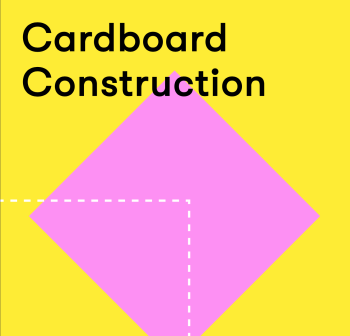
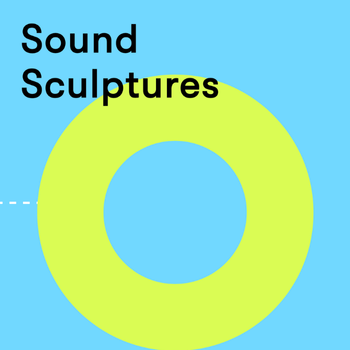
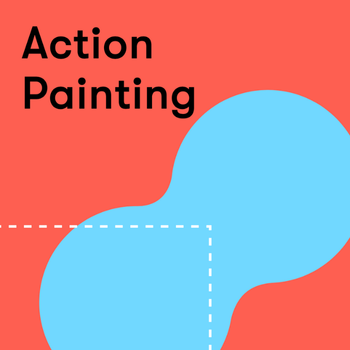
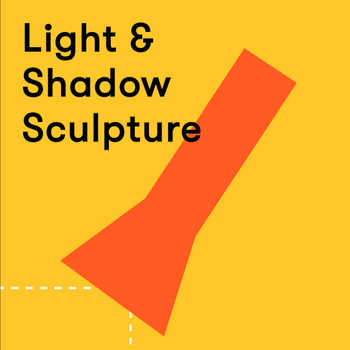
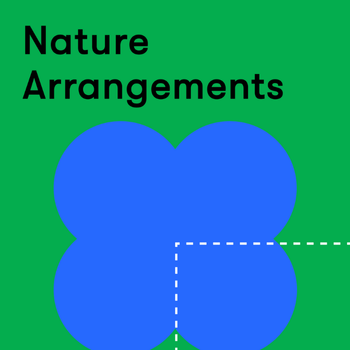
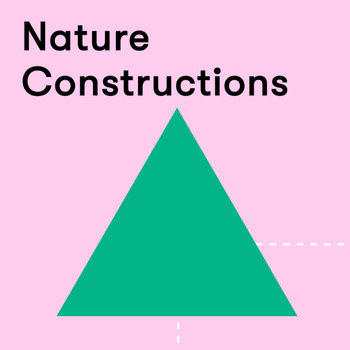


-
-
-
-
-
-
Support PZ's Reach